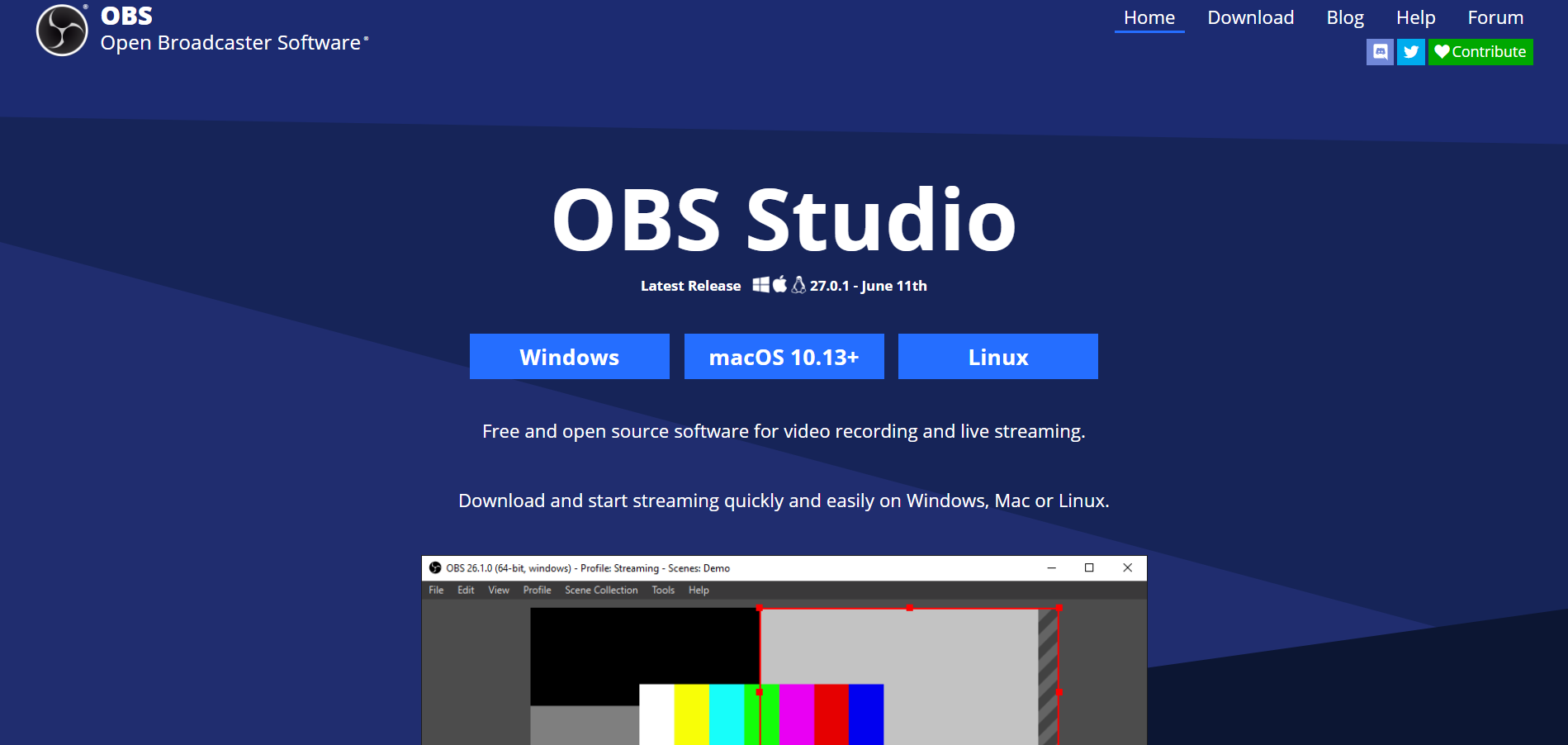The magic of filmmaking has long been confined to the glossy studios and multimillion-dollar budgets of Hollywood. But today, thanks to groundbreaking advancements in artificial intelligence and creative computing, that barrier is dissolving fast. The emergence of AI-powered movie generators is revolutionizing how stories are conceptualized, visualized, and brought to life—right from the comfort of your own home.
TL;DR
The best movie AI generators combine scriptwriting, visual effects, scene rendering, and even voice acting into one seamless platform. By automating complex production tasks, these tools empower anyone with a story to tell to create professional-quality films without needing an entire crew. Whether you’re a hobbyist or an aspiring director, today’s AI tools can turn your couch into a command center for storytelling. With intuitive interfaces and creative flexibility, Hollywood is now closer than ever.
The Rise of AI in Home Filmmaking
Not long ago, creating a motion picture required a huge investment—equipment, crew, actors, and capital. With AI tools now entering the landscape, the playing field is being leveled. Advanced algorithms trained on thousands of films can now simulate lighting, generate realistic characters, and orchestrate camera angles all with the click of a button.
AI movie generators function by taking user input—usually in the form of prompts, scripts, or scenes—and automatically generating animated or live-action sequences. When combined with AI-driven voice synthesis and sound design, these systems can turn simple ideas into fully realized scenes.
Key Features That Make AI Movie Generators a Game-Changer
Here are some compelling features that make the latest AI movie generators indispensable tools to filmmakers at any skill level:
- Script-to-Scene Translation: AI can interpret a written script and convert it into a detailed storyboard or even rendered sequences.
- Character and Avatar Customization: You can design and animate lifelike characters with expressions and movements tailored to every scene.
- Environment Generation: Whether it’s a post-apocalyptic wasteland or a dreamy beachside retreat, AI can conjure detailed and dynamic environments.
- Voice Synthesis: With multilingual and emotionally nuanced voice AI, your movie conversations sound natural and engaging without hiring voice actors.
- Camera and Cinematography Simulation: Simulate dolly shots, aerial perspectives, dynamic tracking, and more—without any physical gear.
These tools come with user-friendly interfaces, meaning you don’t need to be a tech wizard or have prior editing knowledge to create something spectacular.

Crafting a Movie Without Leaving the Sofa
Consider this: You’re sitting on your couch on a rainy Sunday afternoon with an idea buzzing in your head. Within a few hours, you could have a short film drafted, rendered, and edited—ready for viewing or sharing—all thanks to an AI movie generator.
One of the top platforms in this domain allows you to:
- Input your story or idea through natural language prompts.
- Select character archetypes or design your own avatars.
- Choose an environment or input a description for the AI to generate one.
- Pick a voice tone and language for each character’s dialogue.
- Adjust angles, lighting, and background music.
- Render and download your final production in HD or 4K resolution.
This seamless experience makes movie creation not only accessible but incredibly fun and artistically rewarding.
Use Cases: Who Can Benefit?
While indie filmmakers are an obvious audience, AI-driven movie generation has broader applications:
- Educators: Create educational videos or historical re-enactments for classroom use.
- Marketers: Produce engaging brand stories or product explainer videos in record time.
- Authors: Visualize scenes from a novel to assist with adaptation to film or television.
- Gamers: Build immersive story-based trailers or character backstories.
- Content Creators: Produce high-quality, serialized storytelling on platforms like YouTube or TikTok.
Each of these users gains an innovative edge through rapid prototyping, lower costs, and creative freedom.
Limitations and Ethical Considerations
Of course, as with any evolving technology, it’s not all perfect just yet. Some current limitations include:
- Limited realism for certain scenes—especially dynamic action sequences.
- Occasional uncanny valley effects when rendering human avatars.
- Voice AI may struggle with tonal inflection or complex emotional delivery.
Beyond technical limits, there are broader ethical issues to contemplate:
- Copyright and originality: AI tools trained on existing films must avoid unintentional plagiarism.
- Voice and likeness misuse: Deepfake-style content generation could lead to impersonation concerns.
- Job displacement: Some fear AI could replace traditional industry roles like writers, editors, and animators.
Leading platforms address these challenges by integrating ethical guidelines, licensing frameworks, and transparency into their models, helping creators stay compliant and responsible.

A Glimpse Into the Future of Storytelling
Imagine a world in which an author’s manuscript can instantly become a feature film, or where culturally rich stories from underrepresented communities are told with high cinematic quality without needing a production company’s approval. The best AI movie generators are paving that way.
Emerging trends suggest future versions may include:
- Real-time collaborative editing across users worldwide.
- 3D printing options for physical props and figurines from digital assets.
- Deep integration with AR/VR for immersive screenings and production environments.
This signals not just a shift in how films are made, but in who gets to make them. Democratizing filmmaking has the potential to diversify creative voices and unlock entirely new genres and narratives.
Conclusion: Your Living Room, the Next Hollywood
AI movie generators are not just novelties; they represent an evolution in human creativity. Where once scripts sat in drawers waiting for the right connection or funding, today they can leap directly to screen through intelligent automation. The best part? You don’t have to step outside your home or spend a fortune to make it happen.
In this new era, your team of gaffers, editors, animators, and composers is bundled into code—efficient, ready, and always at your service. All you need is a story to tell, and the rest can happen right from your living room. Welcome to the future of filmmaking, where your couch just might be the next Hollywood studio.
